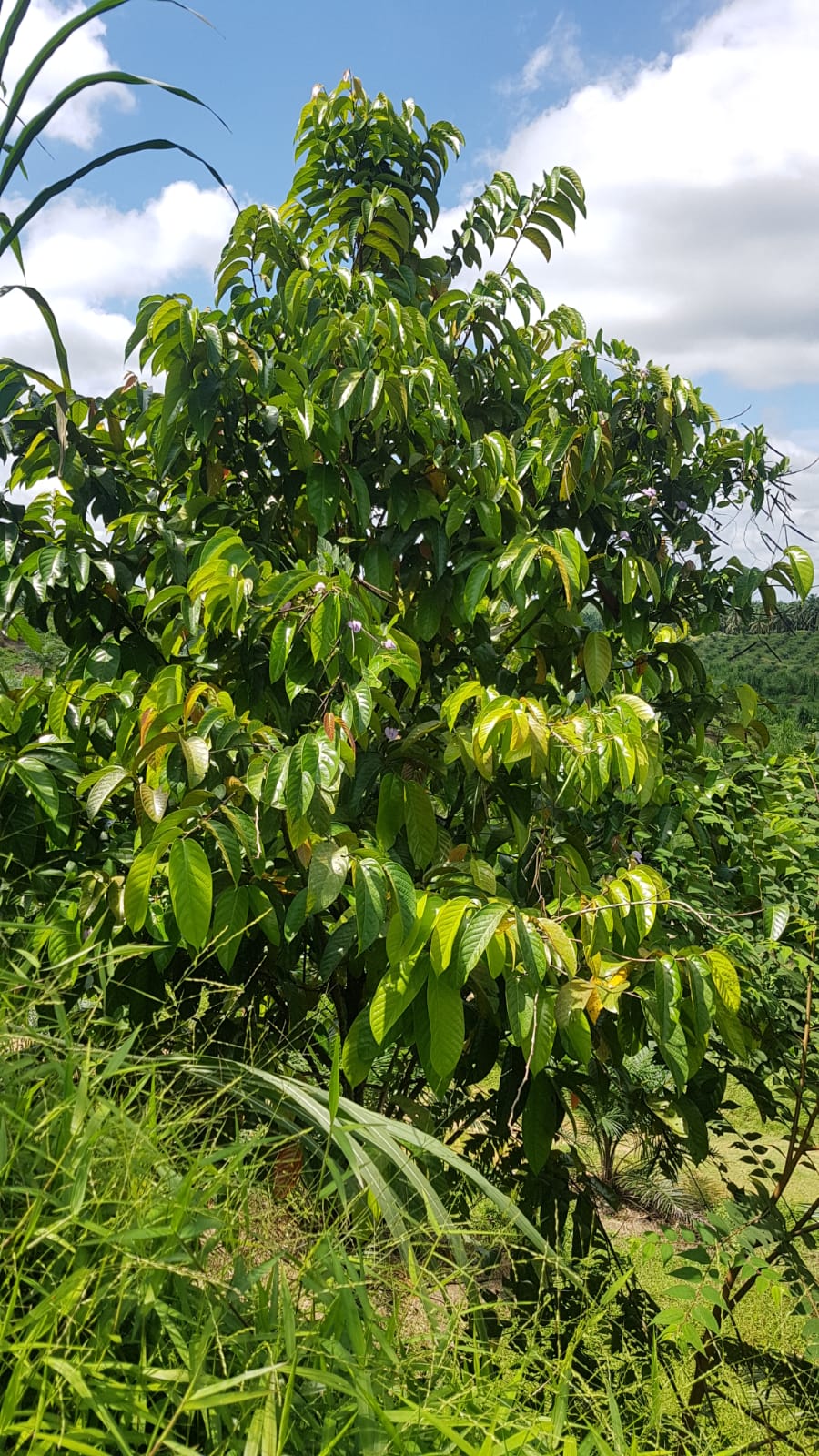Diversity of Soil Arthropods in Teak Forest Plantation Forests at Cepu, Blora, Central Java
Abstract
Insects are the main group of soil arthropod and the most dominant animals in the terrestrial ecosystems. The aims of this study were to get information about soil arthropod diversity in relation to environmental influence at teak plantations at Cepu, Central Java. The sampling plot design was based on forest health monitoring design method. Pitfall trap and Berlese-Tullgren funnel were employed to collect the soil arthropods. The trapped specimens were sorted in the laboratory and then identified up to family or genus. The result of the study revealed that young-age plantation has higher abundance and diversity of arthropod than old-age plantation. Totally we found 3 classes, 11 orders, 29 families, and 714 individuals from young teak plantation, and 3 classes, 11 orders, 25 families, and 397 individuals from the old one. The dominant class was insect and the dominant order of the insects was Hymenoptera. The thickness of the teak litter was the most important factor to the abundance of soil arthropods (R2 = 0.891).





